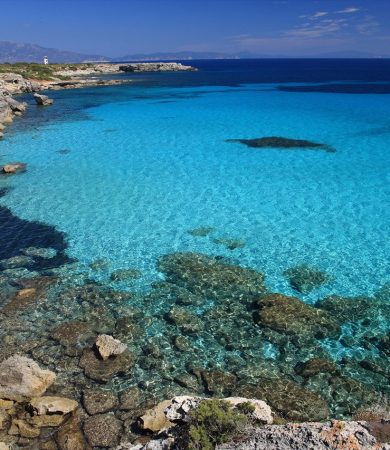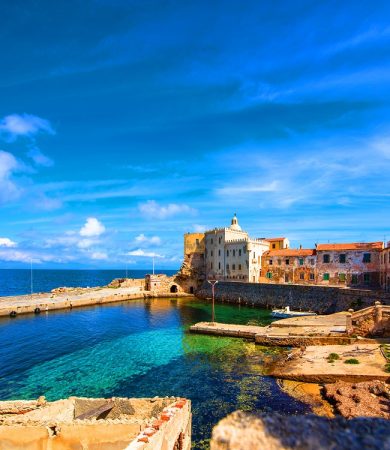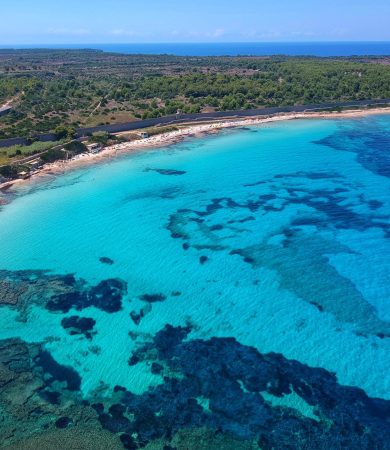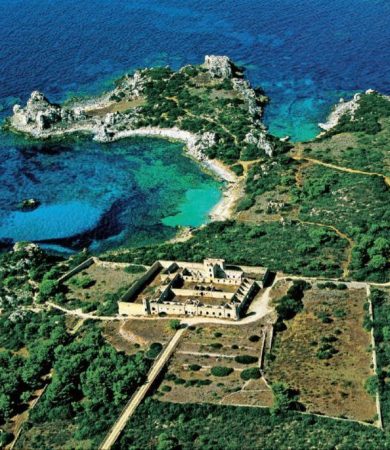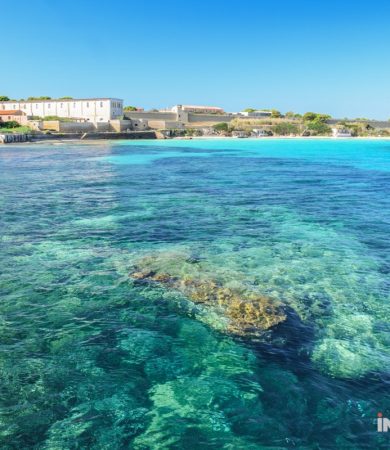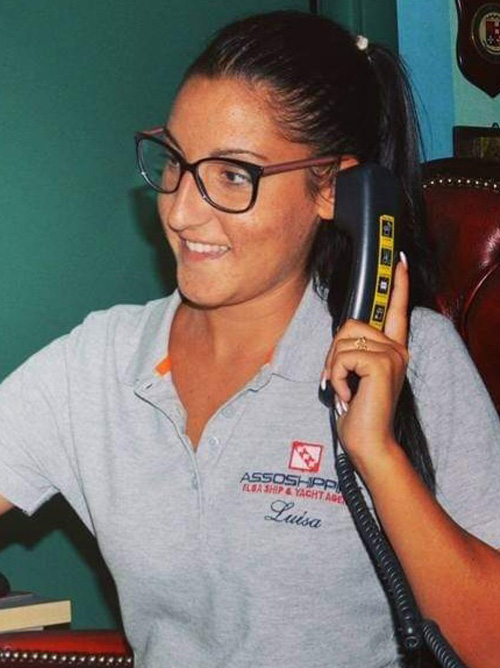news updates
A visit to Pianosa
Pianosa Island
Pianosa, with its 10.2 square kilometres, is the fifth largest island in the archipelago. Frequented by prehistoric man and the earliest navigators, it presents evidence from the Neolithic, Eneolithic and Bronze Ages. The site of maritime residential structures from Roman times, in the imperial period it was the place of exile of Postumius Agrippa, grandson of Augustus.
An important Christian catacomb, located near the small village, remains from the 3rd and 4th centuries. It was the Pisans who built a small settlement that was destroyed during Turkish incursions in the 16th century. After an attempt at agricultural colonisation in the early 19th century, from the unification of Italy until 1998 it was the site of an important agricultural penal colony, later a maximum security prison, which occupied the entire area. After the prison was decommissioned, Pianosa remained almost uninhabited and only in 1999 was it opened to guided tours.
It is the lowest island in the archipelago, practically a plateau no higher than 29 metres above sea level. Although not very high, it has rocky coastline with cliffs, especially on the western side, and very few beaches. Its singular morphology is explained by its particular geological formation: its rocks are of sedimentary origin, with an older clayey lower layer and layers of organogenic limestone from the Pliocene epoch, very rich in marine fossils, evidence of sedimentation on an ancient seabed.




